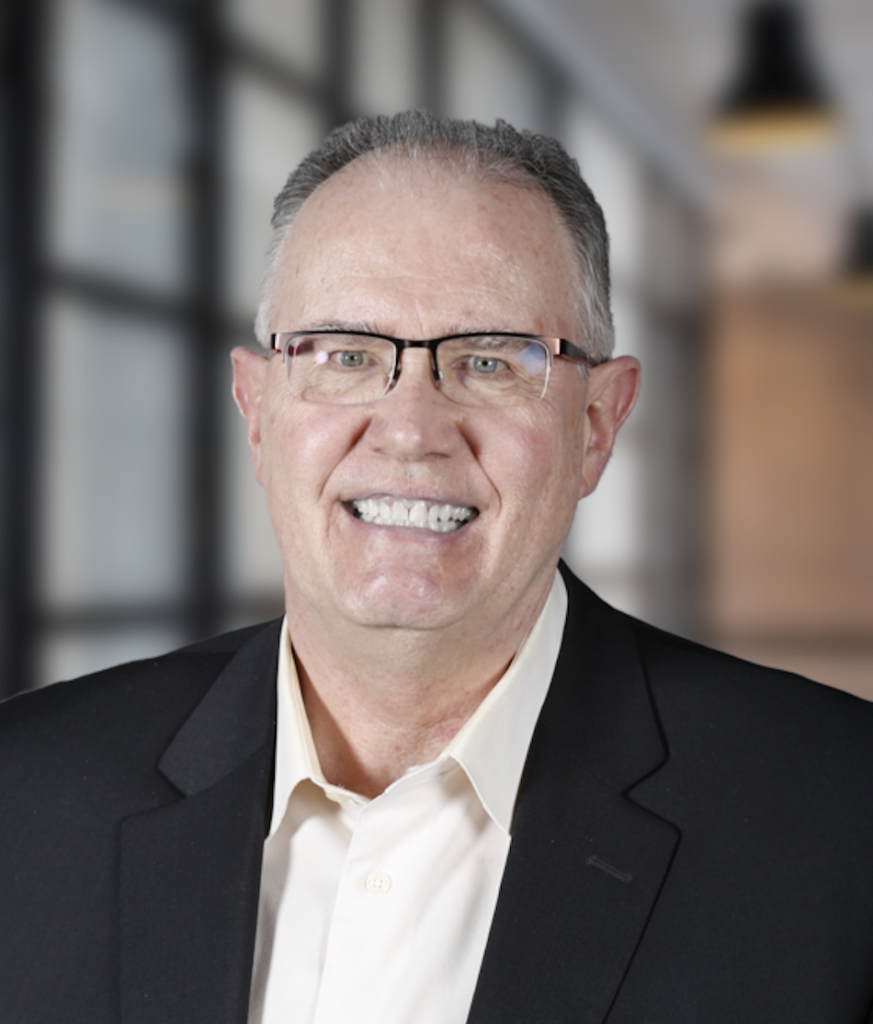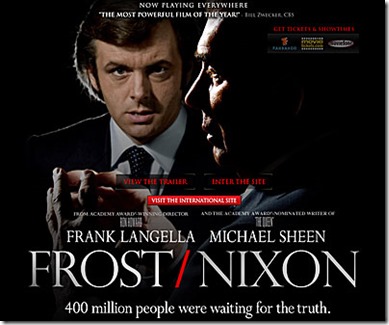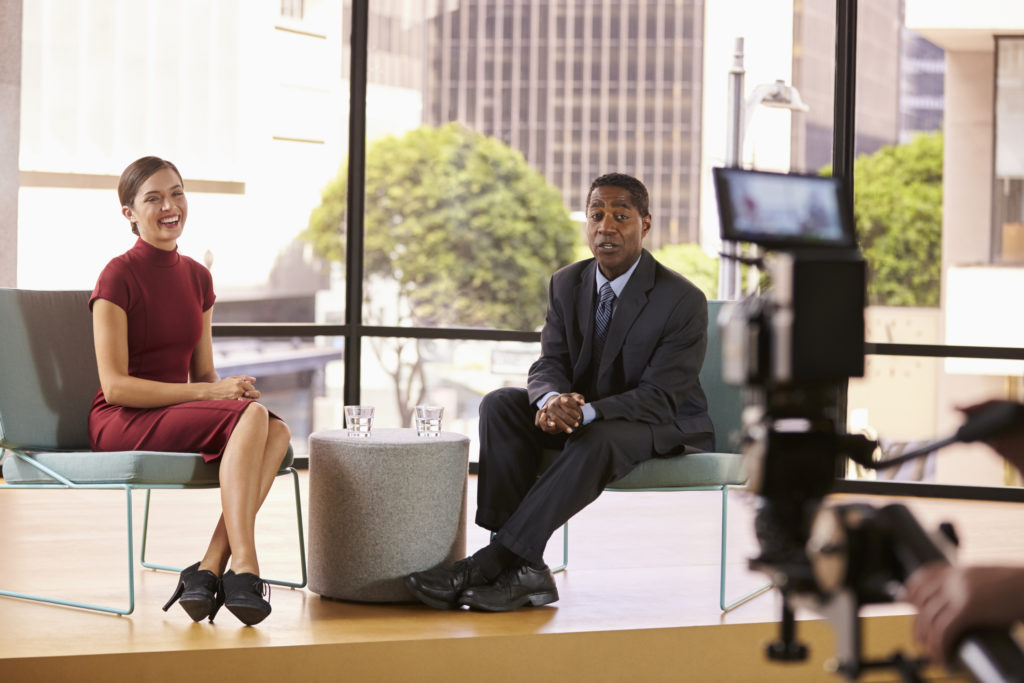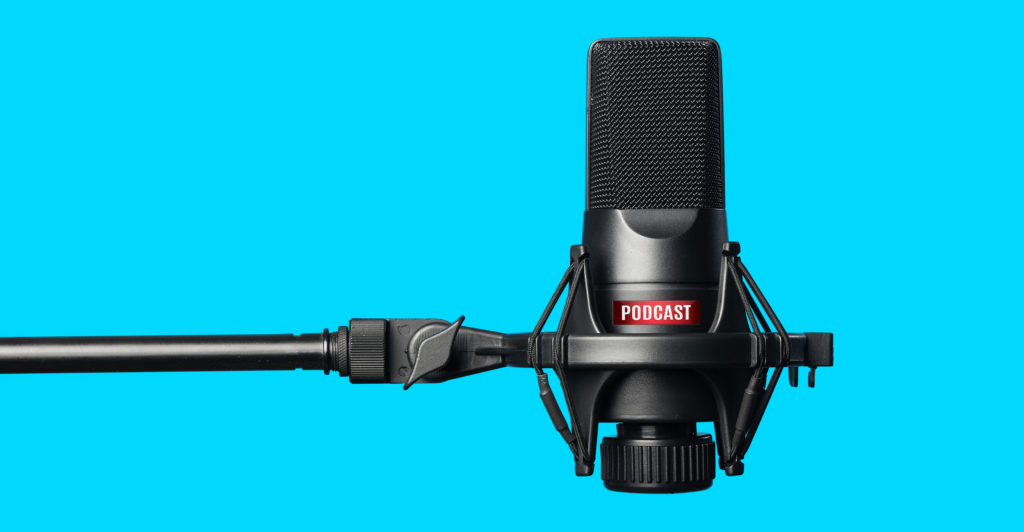Media Training Report 5: Ten Advanced Media Interviewing Tips (Part 1)

What’s the best way to get a job done? These advanced media tips will help to fill up your media toolbox with the skills and strategies you need to navigate some of the most challenging interviews and media moments.
These techniques help you to take a careful and precise approach so that your response is strong, credible, and proactive. They also reduce the risk that you’ll appear flustered, defensive, or uninformed during crises, difficult interviews, and the hours and days after negative media moments.
We begin with five techniques – and will bring you five more in the next client-only email.
Five Advanced Media Interviewing Tips
1. One is One Too Many
“It could have been worse.”
Those are five words that can tank even the most authentic and genuine of spokespersons and the companies, nonprofits, and governmental agencies they represent. That phrase or others with similar meaning tend to be uttered in reaction to human-made and natural disasters, public health scares, security and data breaches, and financial crises.
The statement often comes from good intentions. You may be:
- Relieved that a tragic event has not caught more victims in its net.
- Prompted by a reporter’s question (“It could have been a lot worse, right?” or “Are you relieved, given what could have happened, so few have become ill” “… were injured,” “died …” etc.)
- Influenced by friends and colleagues who, in private, are echoing similar thoughts to you and you believe others will relate as well.
- Convinced it is a good idea to place this specific tragedy into a larger context.
All these rationales may seem like good ideas, but they are problematic as influences for your responses or statements. These are a couple of reasons why:
- It’s easy to let the tragedy be lost in too few or too many numbers. One death is huge for the family experiencing it. Meanwhile, an epic and deadly storm may claim thousands of lives, but each of those lives is an individual victim, all with friends and families mourning their deaths.
- “It could have been worse.” When these words are spoken, it could be inferred (even if you don’t intend it to) that the organization you represent is only thinking about itself. The audience may hear, “Boy, did we luck out.”
Your response to the public requires nuance and less defensiveness. If you point out that the issue happens so infrequently that the anomaly itself is really the news, or you indicate that your company or agency fared better than expected, then you have lost sight of the lens through which you should be looking – the audience.
One is one too many. Few people want to think their lives can be boiled down to statistics, or that their death would be considered relatively “OK” given the numbers that could have died.
During the worst of the Deepwater Horizon oil spill in 2010, then-British Petroleum CEO Tony Hayward opted to place what would become one of world’s most destructive oil spills into a larger context.
This is what he said:
“The Gulf of Mexico is a very big ocean. The amount of volume of oil and dispersant we are putting into it is tiny in relation to the total water volume.”
Hayward may have been technically right. But his downplaying of the horrific effects of this environmental disaster prompted immediate criticism and spawned mocking headlines all over the world.
An authentic apology
Although it is now decades old, the late former Johnson & Johnson CEO James Burke’s apology for cyanide-laced Tylenol capsules that killed a N.Y. woman (four years after seven people in the greater Chicago area had died from similar poisonings) stands the test of time. Burke was authentic during a 1986 press conference, even as he delivered the news that his company was going to take a financial hit. What he took care to do was remind the media, the viewers, and his own company that the drug tampering was ultimately about the loss of someone who meant the world to many people. Here’s a clip of that press conference:
2. “Can You Guarantee This Won’t Happen Again?”
There are few things in life that are certain. But people crave guarantees, particularly those that pledge a difficult event will not occur again.
We’d like to think we can control our environment. It can seem as if 99 percent of the time our day-to-day dealings are fairly predictable. It’s the metaphorical one percent that is the stuff of nightmares for anyone who relies on public trust. No matter what procedures and protocols you put into place, there’s almost always a chance a negative incident could reoccur.
A food scare, a data breach, a broken levee, a train crash, a plane accident – what precipitates the public’s fears is myriad. What happens after is typically the same: a reporter reaches out to a spokesperson, company executive, or subject matter expert, and asks about immediate next steps. How will the future be better? What safety controls will be implemented? How did this happen? How can you guarantee this won’t happen again?
You’ll want to be honest and remind your audience that even the best measures and controls can’t guarantee 100 percent protection. Perhaps you’ll offer such statements as:
- “As we all know, there are no guarantees in life.”
- “It would be foolish and dangerous to suggest we can control future events.”
- “I wish we could say we’ll be 100 percent safe in the future, but we can’t.”
But such a response looks terrible placed between quote marks as your only statement in a news story.
To remain truthful, authentic, and realistic, the best “guarantee” is an answer in which you guarantee what you can guarantee. It’s often not a specific result. To say, “We guarantee that we will never have a security breach again,” is presumptuous and harmful. Your defenses may be penetrated in the future and you don’t want that assurance to come back and bite you.
It’s better to share your commitment to something that is specific, but more comprehensive – such as an effort, policy or idea.

Several years ago, for instance, Chipotle founder Steve Ells found himself under fire when dozens of people became ill after eating food contaminated by E. coli at his restaurants. As the chain struggled to identify the source, its standing slipped in the public’s esteem. Its stock price dropped. In response, the restaurant chain developed protocols to prevent pathogens from slipping into the food prep system.
A couple of years after the E. coli outbreak, Ells spoke about it on NPR’s podcast “How I Built This with Guy Raz.” Ells made sure to clarify that he could not say for certain that they had eliminated all chances a pathogen would find its way past the restaurant’s defenses. What he could say was that they had worked to create defenses that were as close to impenetrable as they could get. As Ells noted in that interview:
“You can never say 100 percent … but you can get very close to zero.”
To explain the new protocols, he used an avocado as an example. He shared how by blanching each of the millions of avocados used by the restaurant, the preparers limited the chance a pathogen could cause people to become sick.
This is why his assurance worked:
Rather than lingering in the negative, Ells launched quickly into a specific and credible example about avocados that highlighted Chipotle’s new protocols. In so doing, he set up the initial problem as a rarity that resulted from bad fortune, not thoughtlessness. He detailed a specific process that would reduce the already low odds of contamination to something even lower, near zero. And because of Guy Raz’s question, Ells was able to hint that Chipotle handles produce even more responsibly than the average home cook (how many of us blanch avocados before making a bowl of guacamole?).
The one thing he should have done differently was to ditch this line:
“You can never say 100 percent.”
Instead, he could have started with this:
“You can get very close to zero.”
Both lines make a similar point—but the second one comes across as proactive, confident, and empowered.
Here is the podcast. You can hear Ells talk about those new procedures from 38:26 to 42:02.
3. Tee Up the Next Question
Here’s the scenario:
You are a spokesperson for a company that produces virtual reality headsets. In a few hours, you will sit down with a radio show host to talk about the technology’s growing market. From your preliminary research, you sense the host is more interested in the VR gaming market. You, however, hope to reach medical professionals to highlight how headsets are increasingly being used to treat dementia, chronic pain, injury therapy, and stroke rehabilitation. You can’t be so blatant as to come out and say her interest is not in your best interest. There are few things that make a host or reporter cling tighter to their angle than to have a source suggest a different way of telling the story.
You must be a bit more subtle.
It is in your power to (almost) ensure that the reporter asks you the exact question you want them to ask. Is there a special force you must evidence? Not particularly. What you need to know is how to tee up the next question.
In this instance, the radio host is on to her third question about VR gaming and other entertainment uses. You want to switch gears. Here are a few ways to do that:
Radio host: “I would imagine the growth of your company is going to come from younger consumers, say those under 39. Are those the costumers you are targeting?”
You: “Certainly, customers between the ages of 25 to 39 are driving the sales. But there’s a whole other market out there. You’d be surprised what they are using VR technology to accomplish.”
It’s a rare reporter that doesn’t bite.
“Really? What’s that market?”
There are other phrases that help you to tap a reporter’s or host’s curiosity to tee up your next question. Here are a few:
- “In our research, we discovered something even more surprising.”
- “What you just mentioned is the second-leading use of our technology. The first is eye-opening.”
- “It’s unfortunate, but many people don’t realize there’s a simpler way to deal with this problem.”
- “Yes, our findings were influential in pushing the needle forward on our understanding of the universe. But I haven’t even mentioned the most interesting discovery we’ve made.”
The statement you choose should elicit an obvious follow-up question. In all these instances, it’s easy to imagine a reporter responding quickly to what you have said.
When do you use this technique?
But you may be asking, “Isn’t it easier and far more efficient to cut out the middleman?” You could simply use these phrases to transition to your main message rather than waiting for the reporter to ask the question (really, repeat the question). But there are instances when enlisting the reporter’s help is more effective, such as when:
- Your answer has already gone on too long and you need to hand the ball back to the reporter.
- The host has asked that the interview be more conversational (such as a podcast).
- You want to nudge the conversation back to your main points. If you do it on your own, it could appear too heavy-handed.
They can be used anytime, but a little goes a long way. The technique is particularly effective during a live radio or television interview when you may need to redirect the conversation. If the first few questions are a bit adrift of your real intent, you can gently and subtly steer the conversation back to your most important points. The technique also allows your host to look and sound good by asking you the “smart” question.
4. Answer with a Statement

Grant Ainsley
Along the lines of the previous technique, this approach also is a way to set yourself up for what you really want to say. It’s a relatively simple practice, says Grant Ainsley, a media trainer and public speaker from Edmonton, Alberta, Canada, and author of The Honest Spin Doctor.
He says that you could answer with a statement.
In other words, put aside the instinctual “yes” or “no” that you often utter after a reporter’s query and deliver a comprehensive and clear statement instead.
First, let’s look at a traditional “yes” or “no” answer. A reporter is talking to a town leader about a decision to end a popular afterschool program.
Question: “You have decided to pull the plug on the afterschool community program, yet it serves two-thirds of the town’s families. Doesn’t this create a hardship for all of those families?”
Standard Answer: “Well, no. I don’t see this as a hardship. I mean I’ve talked to all the departments and asked them for places to trim. This program was particularly over budget.”
Rather than offer a clear and comprehensive reason why the program was cut, your answer largely sounds like a defense for the reporter’s question.
Here’s that answer as a statement:
“That program indeed serves many of our town’s families. But, it is way over-budget at a time when all the town’s departments have been asked to make financial sacrifices. We will be looking at ways to make that a viable program again in the future. In the meantime, we are working with the families to identify private programs that provide similar services.”
Ainsley says there are a few other benefits to this technique:
- Statements are easier to insert into a news story, which ensures that reporters use the information you want them to use.
- It’s a more streamlined response because a reporter or host does not have to paraphrase the question to set up your comment.
- It’s a clean breakout quote to use for digital media.
This is not a technique to evade giving an answer. Your response should be reasonable and realistic. Your answer also should, most importantly, answer the question. Statements, however, help you maintain control of the interview.
When do you use this technique?
A recent real-life example shows the technique in action. As CNBC’s Sara Eisen talks with Christine Lagarde about global financial markets, it’s clear the incoming European Central Bank president is not ready to reveal any specific actions she intends to take once at her post.
In one such exchange with Eisen, Lagarde, the former managing director of the International Monetary Fund, could have found herself going down a slippery slope. Asked to speculate about the Central Bank’s ability to respond to future financial challenges, she instead answers the question with a statement. Her response offers reassurance, perspective, and reveals her expertise.
5. Running Down the Clock (aka The Filibuster)
As a basketball team might run down the clock in the final seconds of a tight game, dribbling and passing to secure its slim lead, some interviewees might be tempted to survive a tough interview by employing a similar technique.
Whether you call it running down the clock or the filibuster, it’s a defensive technique used to obstruct and prevent the other party from gaining control. In politics, a filibuster blocks or delays a bill or other legislative action. The 1939 movie “Mr. Smith Goes to Washington,” used a filibuster as a crucial plot device. Several U.S. senators have used the technique to fight against bills and nominees they opposed.
We are talking about appropriating it to a media interview.
 An excellent example of this can be seen in the 2008 film Frost/Nixon, which captures the disgraced ex-president Richard Nixon attempting to avoid tough and challenging questions by running down the clock. Nixon’s long-winded and barely relevant stories squeezed out English journalist David Frost, giving him less time to ask the difficult questions. That was the first part of the interview.
An excellent example of this can be seen in the 2008 film Frost/Nixon, which captures the disgraced ex-president Richard Nixon attempting to avoid tough and challenging questions by running down the clock. Nixon’s long-winded and barely relevant stories squeezed out English journalist David Frost, giving him less time to ask the difficult questions. That was the first part of the interview.
By the second part of the interview, the producer, John Birt, had caught on. So, he told Frost:
“Far too soft, David. You have got to make him more uncomfortable tonight. You can start by sitting forward. You’ve got to attack more. If he starts tailing off, bang!, jump in with another question. Don’t trade generalizations. Be specific. And above all, don’t let him give these self-serving 23-minute homilies.”
Frost ultimately won the exchange by preventing Nixon from going on another 23-minute monologue. However, there’s a lesson here for media spokespersons. Sometimes, the filibuster works, particularly for live, time-limited interviews.

When do you use this technique?
As with any other technique, be judicious with this approach. View it not as your new media modus operandi, but as a useful tool you can deploy at strategic (and probably rare) moments.
For instance, say you are on a television news program with a host that peppers guests with adversarial questions. You only have five minutes, and you certainly want the opportunity to get your messages out and limit the number of potentially damaging questions. If you give one-minute answers instead of 40-second responses, then the host might be forced to ask fewer questions. If the host attempts to interject, you have options. You might want to respond with one of the following statements:
- “You asked a fair question, so please give me a moment to answer it.”
- “I’m answering your question, but I need a few seconds to give some background your listeners will find useful.”
- “I really think this is important and hope you’ll give me just a moment to share my response.”
In the original Frost/Nixon interview, the former president employs a similar technique while talking about Watergate. (The clip runs from the start to 3:40)
Building Your Media Toolbox
Feeling better prepared? In our next post, we’ll bring you five more tips. We’ll delve into some equally thorny situations, such as what is often a spokesperson’s Achilles’ heel – criticism. We also will tackle the dreaded, “No Comment.” (Spoiler alert: There’s better ways to express that sentiment and we’ll show you how.)



